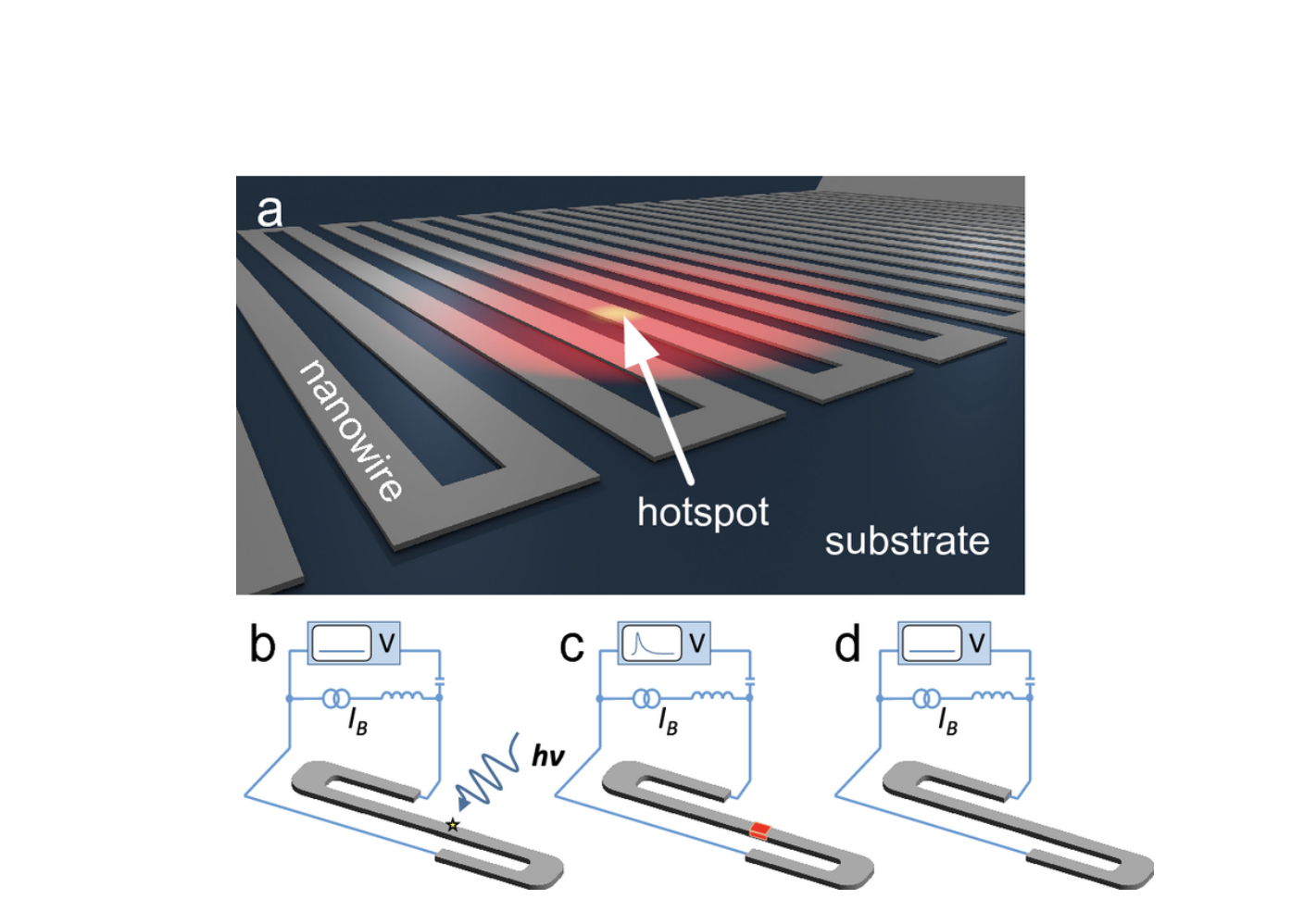Photonic quantum computation, a type of quantum computation that uses light particles or photons, is divided into two main categories: discrete-variable (DV) and continuous-variable (CV) photonic quantum computation. Both have been realized experimentally and can be combined to overcome individual limitations. Photonic quantum computation is important as it can perform specific computational tasks more efficiently. It has several advantages, including the ability to observe and engineer quantum phenomena at room temperature, maintain coherence, and be engineered using mature technologies. The future of photonic quantum computing looks promising due to the significant progress in photonic technology.
What is Photonic Quantum Computing?
Photonic quantum computation is a type of quantum computation that uses photons, particles of light, as the physical system for performing the computation. Photons are ideal for quantum systems because they operate at room temperature and photonic technologies are relatively mature. The field of photonic quantum computation is divided into two main categories: discrete-variable (DV) and continuous-variable (CV) photonic quantum computation.
In DV photonic quantum computation, quantum information is represented by one or more modal properties, such as polarization, that take on distinct values from a finite set. Quantum information is processed via operations on these modal properties and eventually measured using single photon detectors. On the other hand, in CV photonic quantum computation, quantum information is represented by properties of the electromagnetic field that take on any value in an interval, such as position. The electromagnetic field is transformed via Gaussian and non-Gaussian operations and then detected via homodyne detection.
Both DV and CV photonic quantum computation have been realized experimentally, and each has a unique set of challenges that need to be overcome to achieve scalable photonic universal quantum computation. It is also possible to combine both DV and CV in a hybrid CVDV fashion to overcome the limitations of either individual approach.
Why is Photonic Quantum Computing Important?
Quantum computation is a paradigm of computation that exploits the properties of quantum systems to perform computation. Information embodied in quantum systems follows the rules of quantum mechanics. Using quantum computation, specific computational tasks, such as finding the prime factors of a composite number, can be performed more efficiently. The potential for such an advantage has fueled both theory and practical implementations of quantum computation.
The theory of quantum computations is agnostic to the physical system—a quantum bit (qubit) is represented by the same vector regardless of the physical system that implements the quantum computation. The physical system can be based on matter, such as trapped ions and superconducting qubits, or based on photons, referred to as photonic quantum computation.
What are the Advantages of Photonic Quantum Computing?
While the 2020s has been characterized by the noisy intermediate-scale quantum (NISQ) computers that are mostly based on matter systems, photonic systems remain a strong contender for a future large-scale universal quantum computer for several reasons.
Firstly, characteristic quantum phenomena like quantum superposition, interference, and entanglement can be observed and engineered in photons at room temperature, in contrast to the low temperature that is often needed for quantum systems based on matter. Secondly, a photon interacts very weakly with its environment, thereby maintaining the coherence that is required throughout the quantum computation.
Thirdly, a photon is a rich system that is amenable to engineering using relatively mature technologies. For example, while the gate operations on matter systems ultimately depend on natural properties like interaction strength between a qubit and an external field, gate operations on a photonic quantum computer depend on classical parameters that can be engineered.
Lastly, photons can be entangled over long distances. If we are to have a network of quantum computers in the future, making the photon as the carrier of quantum information makes sense for connectivity and modularity.
What are the Criteria for Quantum Computation?
In 2000, Di Vincenzo listed a set of criteria that is required for the realization of quantum computation. These criteria are rooted in the circuit model of quantum computation but not limited to the circuit model.
The criteria include a well-defined state space of qubits, the ability to initialize the state of the qubits, the ability to perform a universal set of quantum gates, a long coherence time, and the ability to perform quantum measurements.
A photon has different properties that can be used as a qubit. The presence or absence of a photon in a particular mode, such as horizontal polarization, can be taken as the qubit. This is called single-rail encoding. Since a photon can be described by multiple modes, it is also possible to use the presence or absence of a photon, i.e., the number in either of two orthogonal modes, as a qubit.
What is the Future of Photonic Quantum Computing?
The future of photonic quantum computing looks promising. The development of photonic quantum computing from early proposals of linear optical quantum computation to the leading photonic quantum computing architecture to date has shown significant progress.
Photonic technology is relatively mature. The state space defined by the various optical modes are experimentally accessible with high accuracy, hence photonic qubits can be well-characterized.
The system of qubits that will be used for computation should be initialized to a known quantum state, just in the same way that a classical register is initialized to a known state. This initialization could be as simple as a product state of n-qubits, which can then be manipulated by quantum gates to lead to a desired quantum state.
The requirement for initialization is also important for quantum error correction (QEC). The QEC in a quantum computer is expected to use up a lot of quantum bits, or qubits.
Publication details: “Photonic Quantum Computing”
Publication Date: 2024-04-04
Authors: Jacquiline Romero and G. J. Milburn
Source: arXiv (Cornell University)
DOI: https://doi.org/10.48550/arxiv.2404.03367

